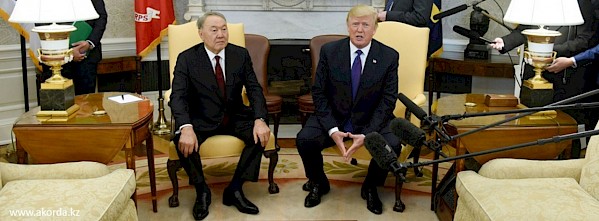Evgeny Troitskiy: US – Kazakh Relations and the “dilemma of multi-vector policy”

It is well known that already in the early 1990s the leaders of Kazakhstan defined the basis for the country’s foreign policy as maintaining “multilateral and alternated military and political and economic balances that will guarantee Kazakhstan’s security and sovereignty”. This doctrine became known as the strategy of “multi-vector and balanced policy”. Since then references to the “multi-vector policy” are reappearing in Kazakhstan’s foreign policy documents and official speeches.
However, the military and political alliance and economic integration with Russia and the “strategic partnership” and intensive economic cooperation with China initially defined the limits within which Kazakhstan could pursue this strategy. Beyond these boundaries defined by Astana’s real “dual-track” foreign policy the “honorable” third place belonged to the relations with the United States. Energetic efforts aimed at securing the status of US leading partner in Central Asia and forming the field of coinciding interests in US – Kazakh relations that could at least partly balance Astana’s dependence on Russia and China were the constant element of Kazakhstan’s foreign policy in the 1990s and the 2000s.
In 2014 the relatively favorable international atmosphere for pursuing a multi-vector strategy degraded into an almost incessant escalation of confrontation between Russia and America. In 2017-2018 the American – Chinese “trade war” started along with gradually rising political tensions between Washington and Beijing. Under these conditions Kazakhstan faced a peculiar dilemma of multi-vector policy...
Read the paper




